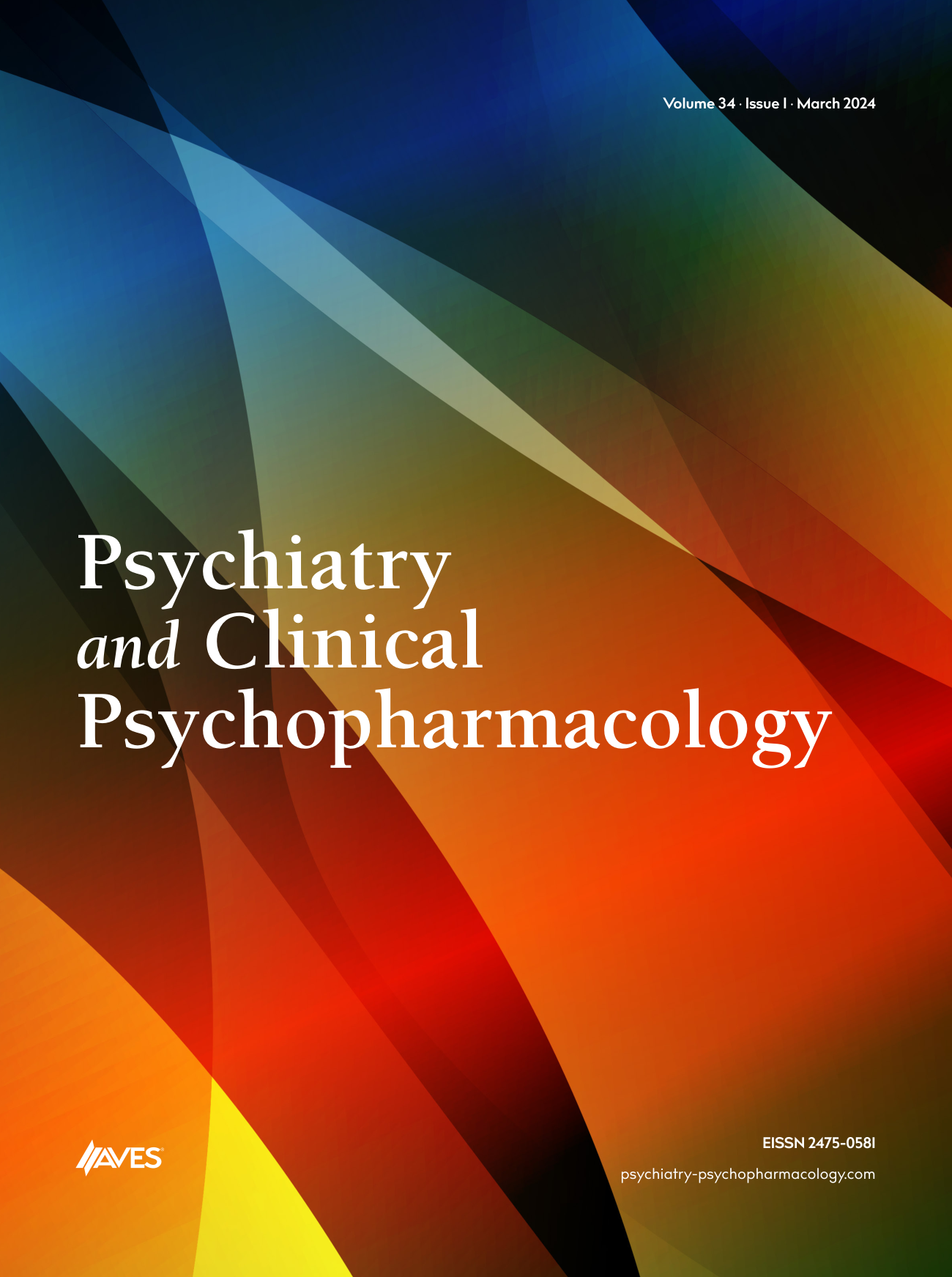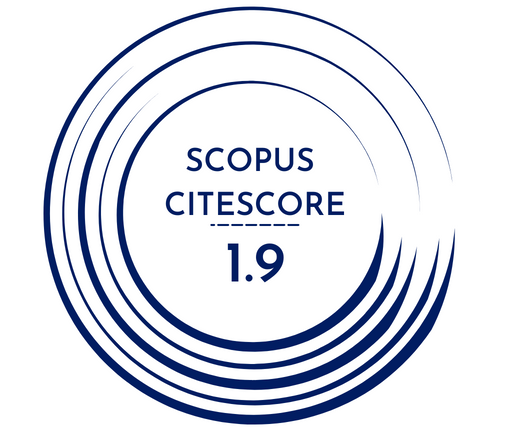Lithium has been widely used in the treatment of psychiatric and neurologic disorders, such as bipolar disorders and cluster headache. Neurological side effects of lithium are the commonest side effects. It occurs early and is preventable. Lithium therapy may induce a confusional state when serum levels are in toxic or therapeutic ranges. Lithium can also cause non-convulsive status epilepticus (NCSE), which may clinically resemble a non-ictal encephalopathy. On the other hand, all first and second-generation antipsychotic drugs have been implicated in increasing the risk of epileptic seizures. We describe the case of a patient, who developed NCSE with normal lithium serum levels. A 45-year-old woman without a personal or familiar history of epilepsy, who had been suffering from bipolar disorder type 1 (DSM-IV) from the age of 35 years, was treated with quetiapine and SSRIs before, and with lamotrigine for one year. In January 2013, she began complaining about dizziness, hypersomnia. So, Lamotrigine therapy was washed out and instead of it, lithium therapy 1200 mg/g was administered to stabilize mood. After 4 months, she began to experience episodes of looking meaninglessly with loss of consciousness, which lasts a few minutes. By the time, her episodes progressed, after 8 months, she began to show a mild clouding of consciousness, slow speech, delayed reaction and disorientation lasting several hours. Then, a generalized tonic clonic seizure occurred. During unconsciousness period without motor symptoms, with EEG findings and diazepam response, recovering of unconsciousness and normalization of EEG parameters, non-convulsive status epilepticus was diagnosed. The serum lithium level (0.9 mmol/l) and other routine laboratory parameters were in the normal range. The brain MR scan was normal. Lithium therapy was immediately interrupted and antiepileptic therapy (phenytoin-levetiracetam) started primarily to stop seizures. After that, successive serial EEGs demonstrated an EEG background stability that correlated with clinical remission. Instead of lithium, lamotrigine was added to the treatment and other antiepileptic drugs ceased slowly. The case described developed NCSE clearly triggered by lithium therapy without systemic signs or symptoms of lithium intoxication and showing serum levels in the normal range. Seizures and NCSE can be the expression of lithium toxicity. In our case, lithium at therapeutic doses can trigger NCSE; thus, lithium therapy discontinuation should be recommended in the case of clinical and EEG pattern of NCSE onset. In one study, quetiapine had a very low rate of EEG abnormality risk among the very few subjects who received this agent; but in our case, it is not associated with quetiapine; as after lithium discontinuation, EEG returned to normal. Thus, when prescribing these drugs, patients should be informed for a lowered seizure threshold.



